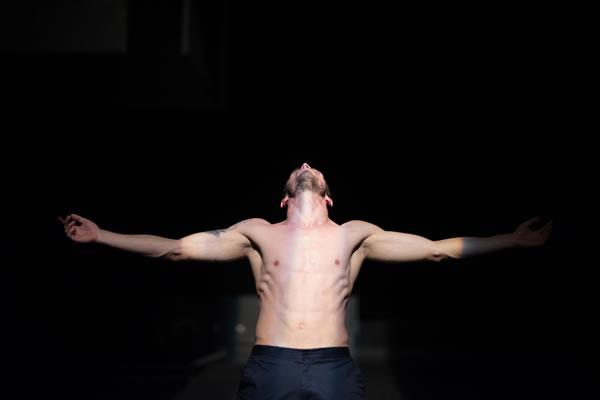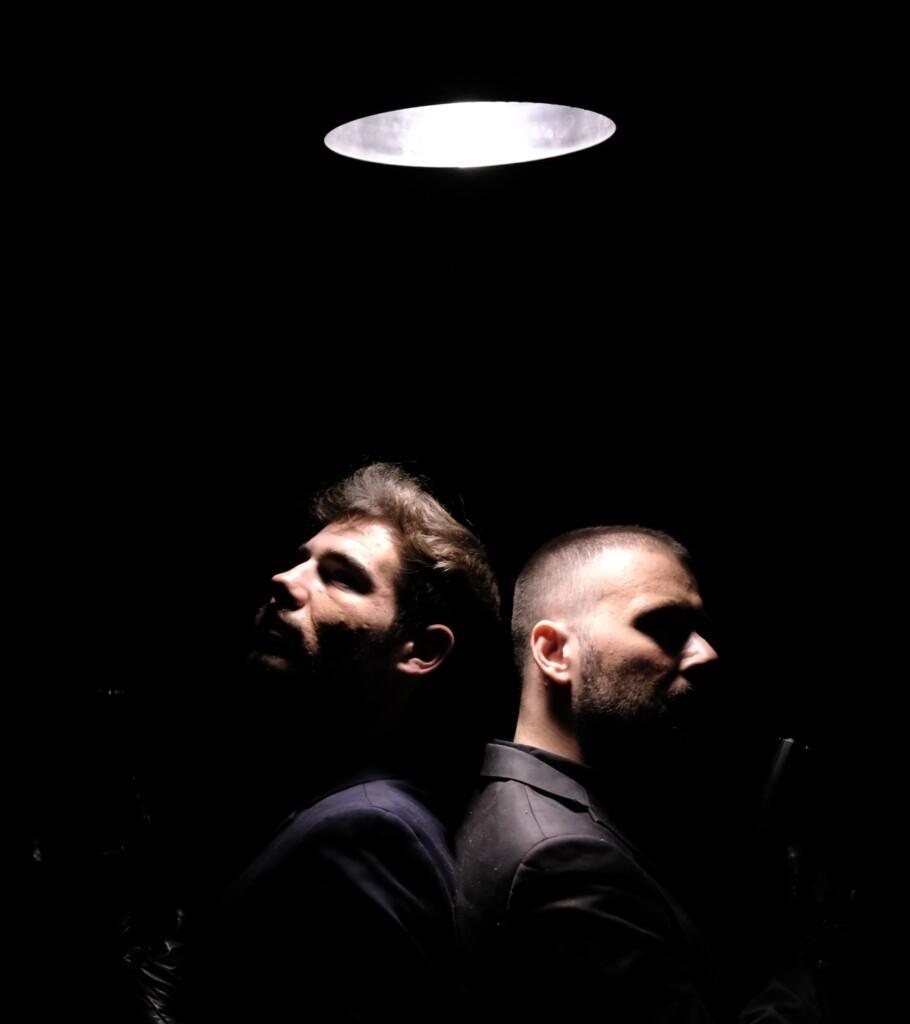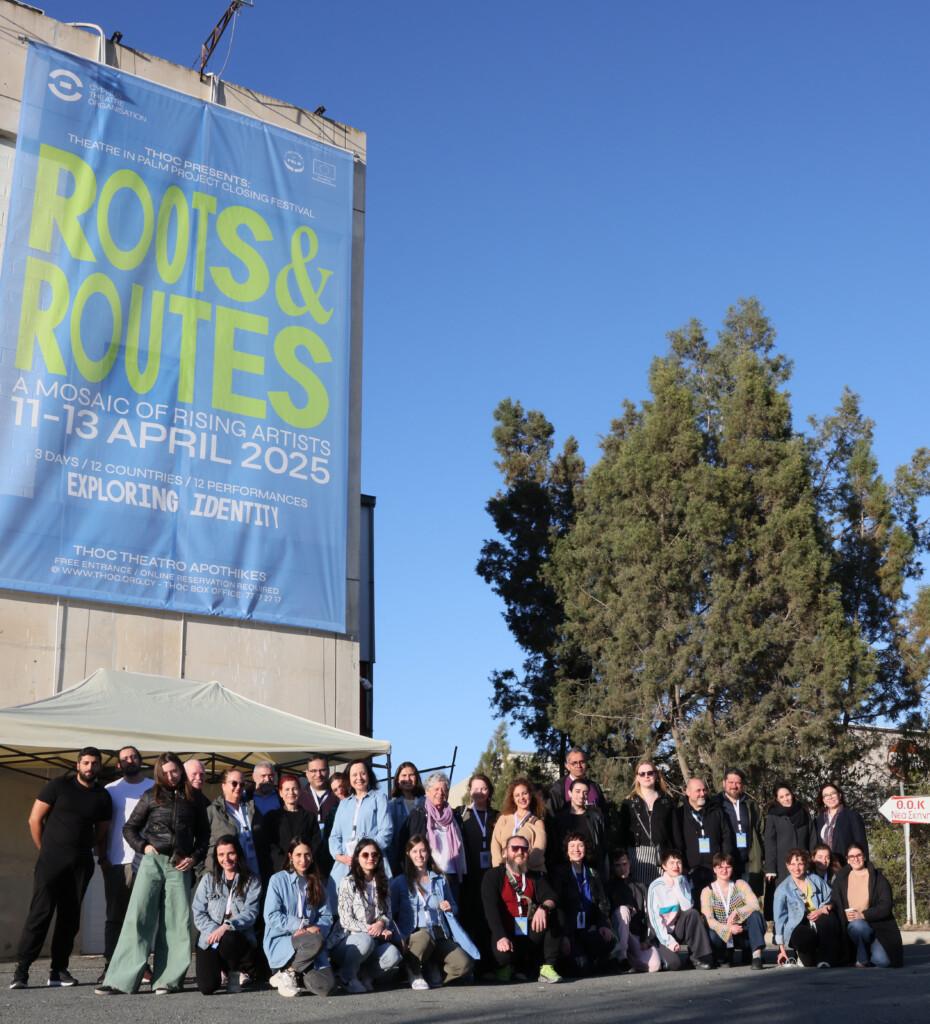Hamlet: A transdisciplinary approach to the landscape of the mind

A TIP local theatre movement case report by Suresh Nampuri
What, one may ask, truly distinguishes the effective impact of an actor sweating out a monologue on stage in real time from the same scene being played out as a bunch of coordinated pixels on a screen. One answer would of course be the vividity of narrative experience. Sound streaming through a Dolby speaker tracking IMAX visuals would be the epitome of what we would call the immersive full blown sensory experience, thrusting each visual and auditory tone with brazen vividity into our receptive organs. However, the stage offers a different kind of vividity, that of immediacy, of a shared moment in the here and now between actor and audience binding them together into a secret conclave, which, after the performance, will only live on as infinitely mutable memories in their mind’s eye. Perhaps vividity in this sense is unmatched by any non-performed (recorded) non-present communication. However, this sense of vividity is simply a cloak for the true sense of belonging that is enacted in a live performance, one of intimacy. And the art of dramaturgy is at its core, the art of identifying, nurturing and generating moments of intimacy into a performance. One could argue that every play is in essence an exploration and condensation of the nature of intimacy between the embodied characters. We at JÁ set out to prove this hypothesis over the last 2 years in a string of recent productions of devised theatre starting from the aforementioned observations on human behaviour being essentially embodiments of eco-systems. Devise theatre workshops were ideal laboratories for probing this hypothesis. We started with a transdisciplinary production of Hamlet, labelled HAMLET: OUT OF JOINT, a TIP local theatre movement that was a co-production between JÁ International Theatre and the CDCE in spring 2024. The idea was to shoot a condensed Hamlet movie comprising scenes from the prince’s life. A sole dancer on stage who represents Hamlet’s id reacts to these scenes through reactive movement. The rehearsal process became a testing ground to explore eco-intimacies. Hamlet’s story starts from an exterior cold environment where he encounters the ghost, the ghost represents in this case, the melancholia of chill, he then moves on into a heated interior where rage and resolve duel with caution and reason, sparks fly and the chamber is aflame in the heat of inner rupture. The story moves into a seething high pressure enclosure, the harbinger of a thunderstorm made pitch black by the darkness of his musings while Elsinore to him appears like a frozen slab of ice that he needs to thaw. We translated each scene into a sense memory of an environment, and threw characters together from different scenes- Claudius, Hamlet’s stepfather and murderer of his father and Hamlet were asked to brave the cold of Denmark where sound did not penetrate through ice caves which harboured the people. After all, Claudius too would have felt a sense of being wronged by the king. They worked their individual monologues as they tried to use their bodies as drills through the ice and gradually the cadences of their voices synchronised, as they ‘discovered’ the ice wall and although their monologues were uttered in completely different contexts, they struck up a dialogue, initially a companionable one and then a tender one, as they both sensed the vulnerabilities of the other measured against an implacable element. And slowly, a new texture wove itself into the language-but not just theirs’ but the code they shared with the audience, for the audience sensed their fatigue and their companionship, their growing empathy and the indefatigable nature of the wall, and finally their exhausted silence became a thrilling prescience, as the audience locked into the moment, but knowing where the script must lead, desperately earnestly searched for an outlet, back to the contours of the known text. And gradually, as the 2 performers began chipping away at the wall in unison, they began to spot dissonances in the speed, the rhythm, the heaviness of the blow landings on the wall, as the two hammered. The 2 characters themselves began to take note of all that was different about themselves. The dissonances gradually grew into contrasts, till finally one of them said NO to the other. And the audience breathed a long awaited sigh of pent up relief as the duo went for their scripted lines, but this time not as sworn enemies but as people with an understanding of each other.
This is a striking example of how the materiality of the moment offered a way for universal empathy in the room, locking the actors and performers into a new shared discovery of intimacies.
In sum, intimacy is a sense of sharing a non- space, full of possibilities- as well as sensory awareness of a common exterior space, and it is the awareness of the organic birth of collective intent. The body is still the most pellucid transmitter of intent and space on stage, and it is through the landscape of the body that we can fathom the quality of the space the body inhabits and sense its texture and secrets, and that is ultimately how the stage and its universe becomes real and we read the world in the performer, through a story unveiled.



